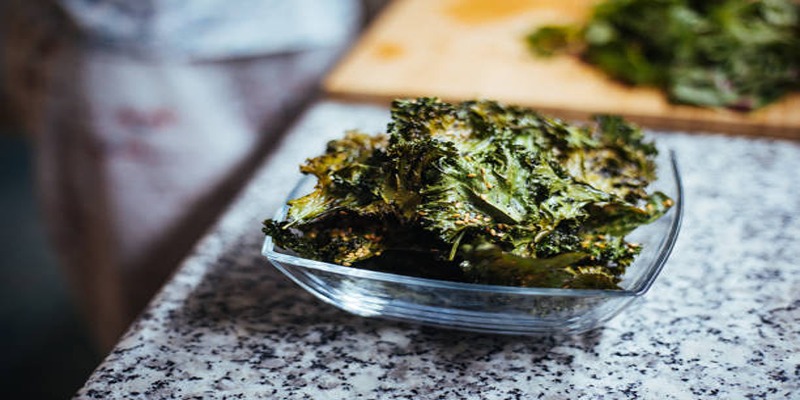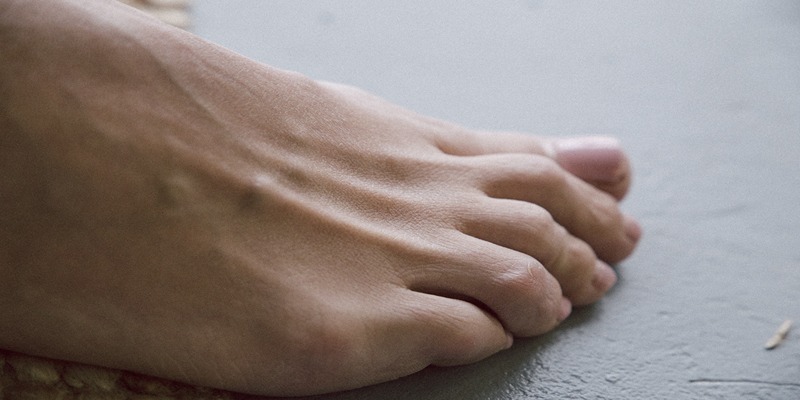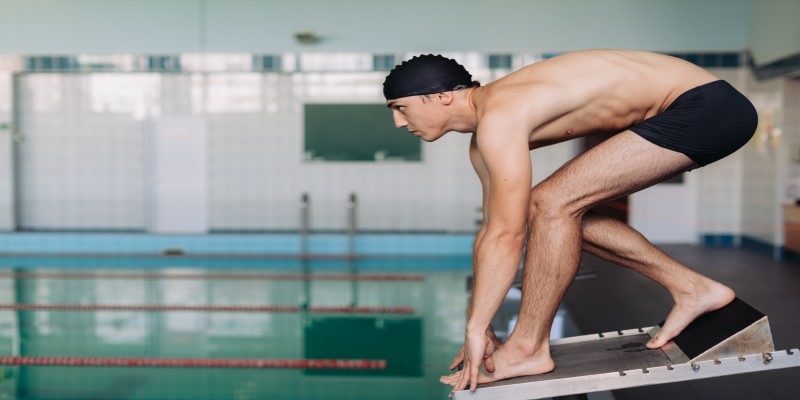Wellness is commonly misunderstood in health and fitness. The myth that only elderly, fat, or smoking people have blood clots has to be debunked. Even endurance athletes of all ages and contact sports like hockey and football are at risk. A healthy and dangerous workout habit may be closer than we believe. Understanding the link between deep vein thrombosis (DVT) and physical activity and how to protect oneself when active is vital for preventing blood clots in the legs.
DVT and Symptoms
DVT occurs when a clot forms in a deep vein, most often in a part of the lower thigh, arm, or pelvis. DVT is more commonly associated with the elderly. However, it can also affect healthy, active young adults. Because of this, it is crucial to recognize symptoms, as active and busy people might not pay attention to them. A deep vein thrombosis (DVT) can feel like a muscle rupture, shin splints, charley horse, or sprained ankle. Here are a few blood clots in legs signs:
Pain/Tenderness
Limb discomfort or soreness is one of the most prevalent and striking signs of DVT. The cramping or agonizing discomfort might be confused with other muscular disorders. Depending on the blood clot, it usually happens in the calf, thigh, or arm.
Swelling
Affected limb edema is another sign of DVT. This swelling may not always be painful but is a warning indication. It might make the limb heavy and tight.
Skin Color Changes
The skin above the blood clot may change color. Red or blue discoloration is possible. This skin color change is generally limited to the clot area. It would be best if you considered doing a test for blood clots in legs.
Warmth
DVT may be present if the painful or swollen region feels warmer than the surrounding skin. This warmth is commonly caused by blood clot inflammation. The blood clots in legs signs must be recognized since early diagnosis and treatment can significantly prevent DVT and its consequences, especially in active, young people.
Causes of DVT
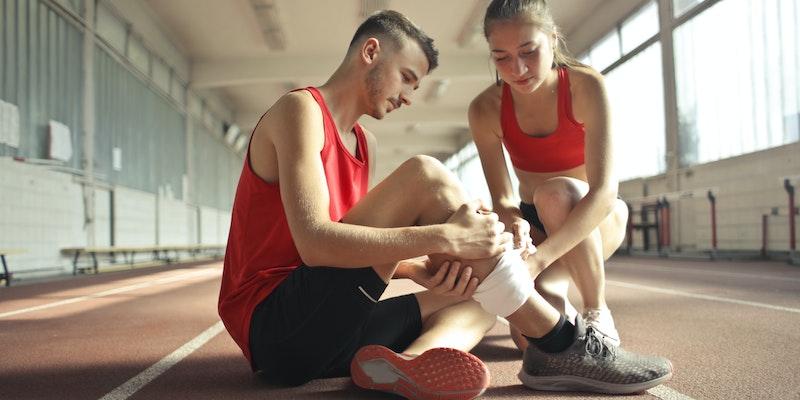
DVT may affect anybody, even athletes. Although DVT risk factors are usually the same across groups, several circumstances and conditions may increase sports blood clot risk. Players must be aware of these reasons and take precautions.
Leg Injuries
Athletes do strenuous sports. Kicks, tackles, and even hockey shots or balls can cause leg injuries. Wounds can induce DVT. Sports can compress knee and lower leg blood vessels. Weak blood arteries can restrict blood flow, increasing DVT risk. Players must be careful and let injuries heal to decrease this risk.
Arm Injuries
People who play tennis or baseball may have DVTs in their arms. This danger involves the thoracic exit. The upper ribs below the collarbone form this ring. Veins, arteries, and nerves provide blood to the arm. This space may shrink for players with larger arm muscles, which is harmful. An injured vein in this little hole might induce a DVT. Even if arm discomfort, edema, or stiffness is rare, athletes should get the test for blood clots in legs.
Body Size
Football players have larger bodies and higher body mass than average persons. People with tall, overweight, or muscular legs are more susceptible to blood clots. This is because blood must travel longer up the legs to reach its destination. Calf muscles are crucial for blood pumping. Being overweight increases abdominal pressure, making it more challenging for calf muscles to return blood from the legs. As athletes consider their body size, they should reduce their risk of DVT.
Operation
Some sports injuries require surgery. For athletes, orthopedic surgery has a greater DVT risk than general surgery. Surgery on the abdomen, pelvis, and knee or hip replacements might raise DVT risk. Surgery can damage blood arteries, causing clots. Extended stays in bed after surgery might increase DVT risk. Athletes should discuss DVT prevention with their doctors before and after surgery.
Ways to Prevent Blood Clots in Athletes
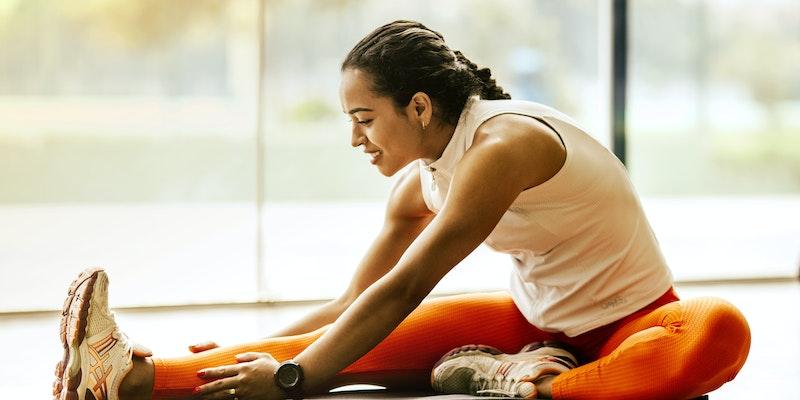
Running doesn't induce blood clots. However, endurance athletes, especially long-distance runners, may be in danger of blood clots due to their specific conditions. There are numerous ways to reduce blood clot risk for athletes and active people. Five crucial preventative methods to protect your health:
Be Active and Mobile
Movement is one of the best strategies to avoid blood clots. Keep moving when at work, on a plane, or recovering from an accident or surgery. Prolonged immobility might cause blood clots. If getting up and walking is hard, flex your heels and calves every 20 minutes. Try five-minute workouts every hour at work. These micro-workouts improve mental and physical well-being.
Regular Stretching
Daily stretching can significantly lower blood clot risk. Stretching boosts circulation, flexibility, and muscular health. It's crucial for demanding training athletes. Simple stretching exercises may be done at work, during breaks, or after a workout. Stretching increases blood flow and prevents muscular stiffness, lowering blood clots in legs signs.
Stay Hydrated
Hydration is essential for health and blood clot prevention. Hydration is crucial, but hard race training and post-workout recuperation require extra care. Dehydration makes blood thicker and stickier, increasing clot risk. Staying hydrated keeps your blood fluid, minimizing clot risk.
Maintain a Healthy Weight
Athletic performance and blood clot prevention depend on maintaining a healthy weight. Body composition is essential for athletes, notably long-distance runners. Weight and obesity strain the veins, making blood circulation harder and increasing the risk of blood clots. A healthy weight lowers pressure and improves circulation.
Use Compression Garments
Athletes might benefit from compression stockings or sleeves, especially after long workouts. These clothes gently push the legs to circulate blood and avoid vein pooling. Long-distance runs and post-workout recuperation benefit from compression apparel.
